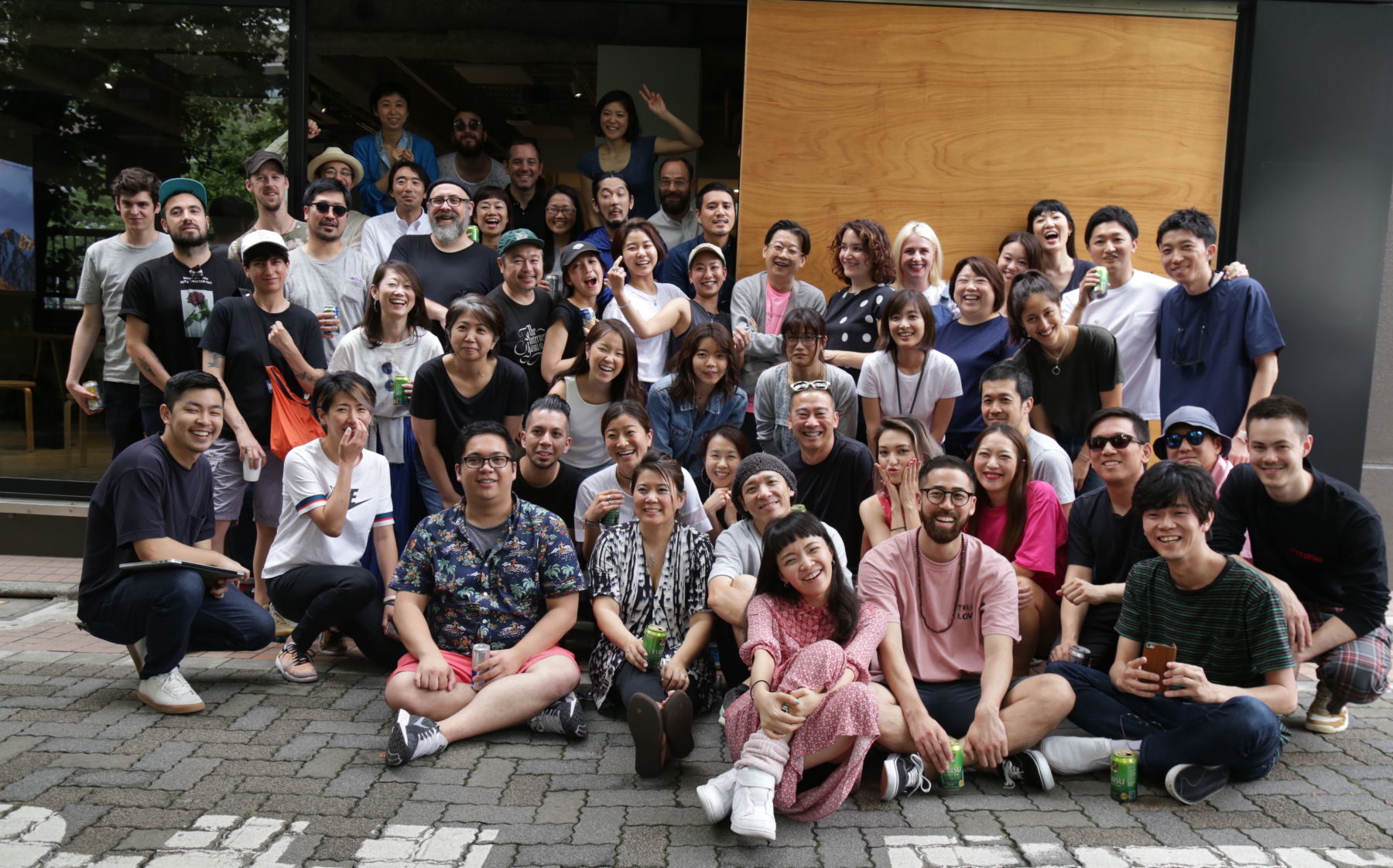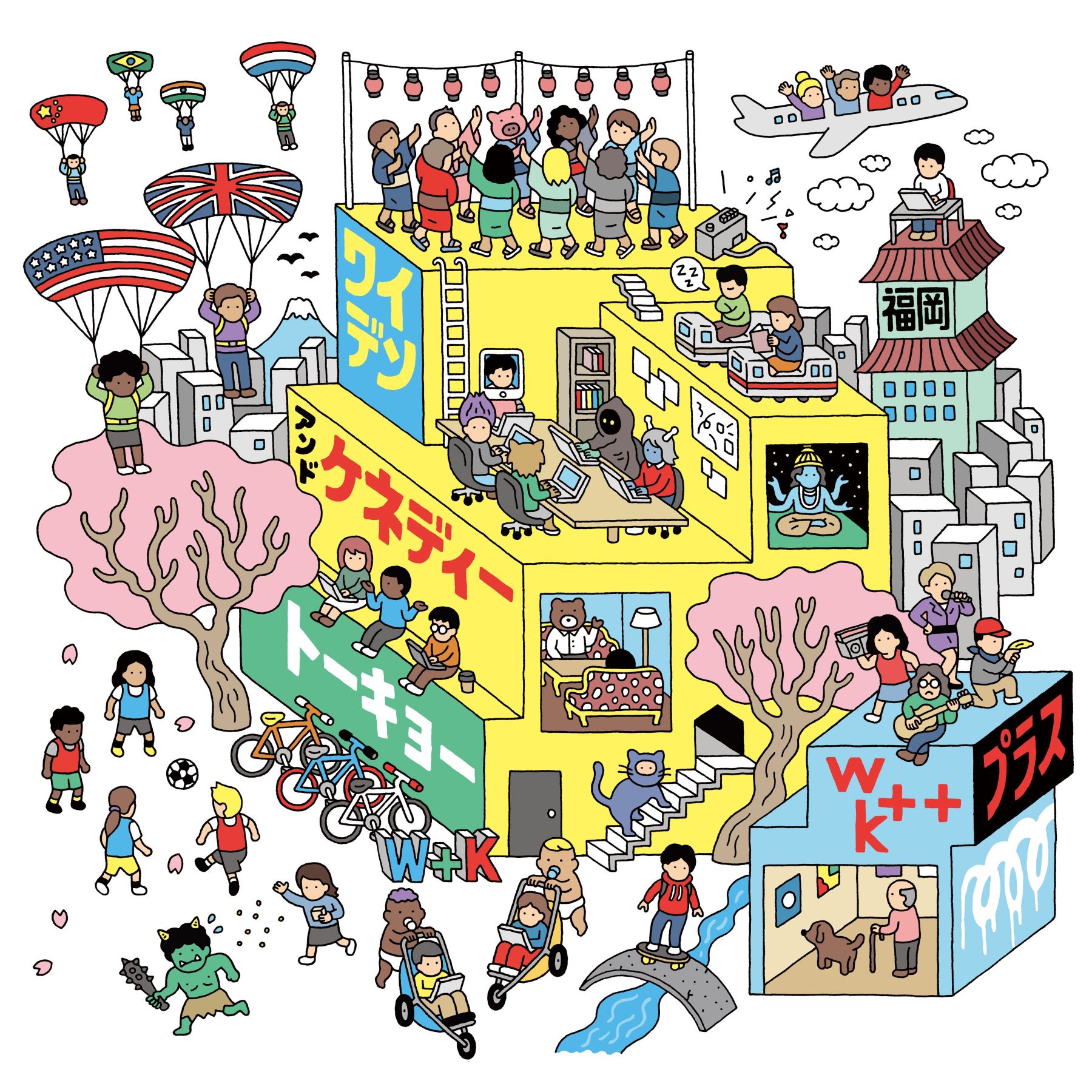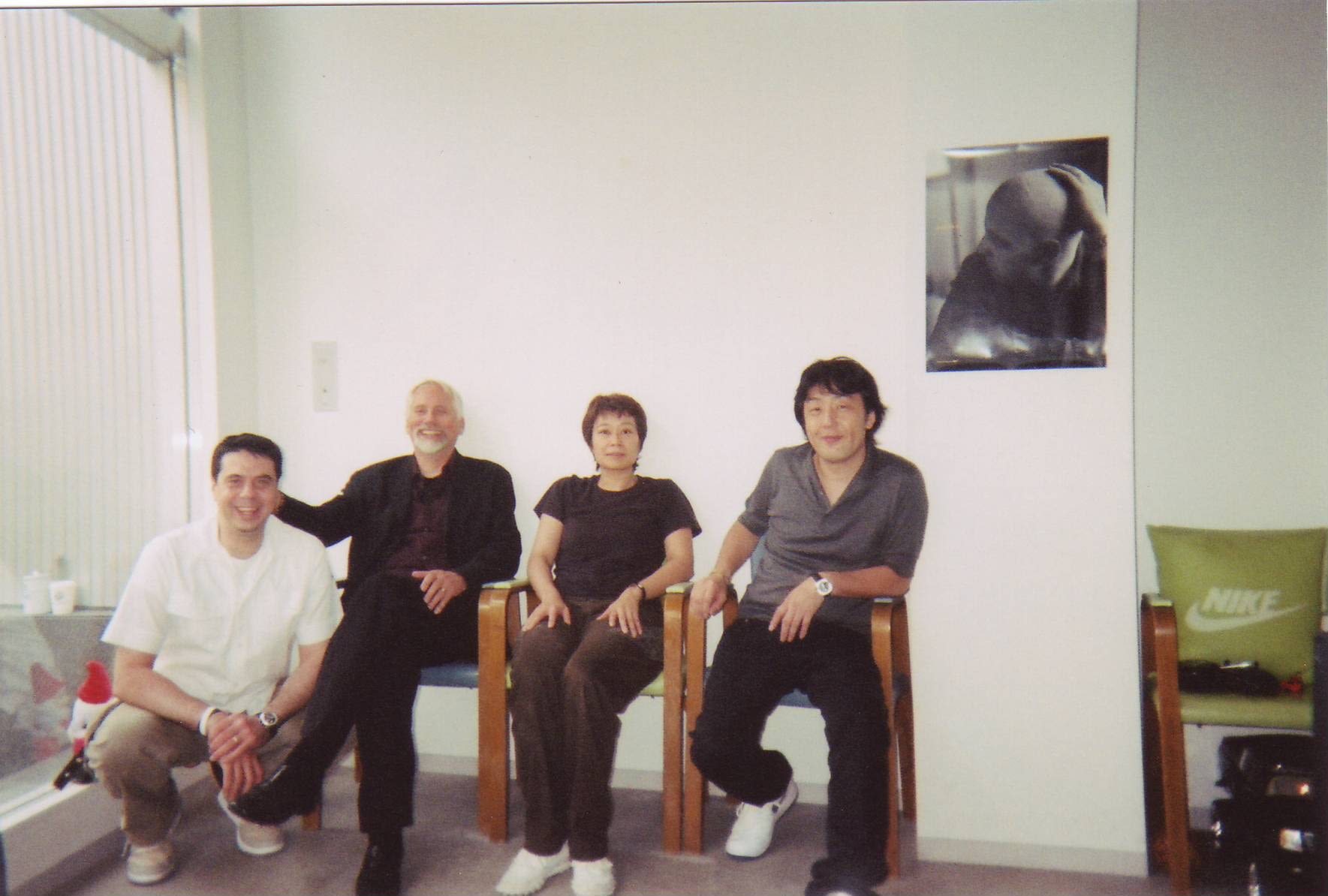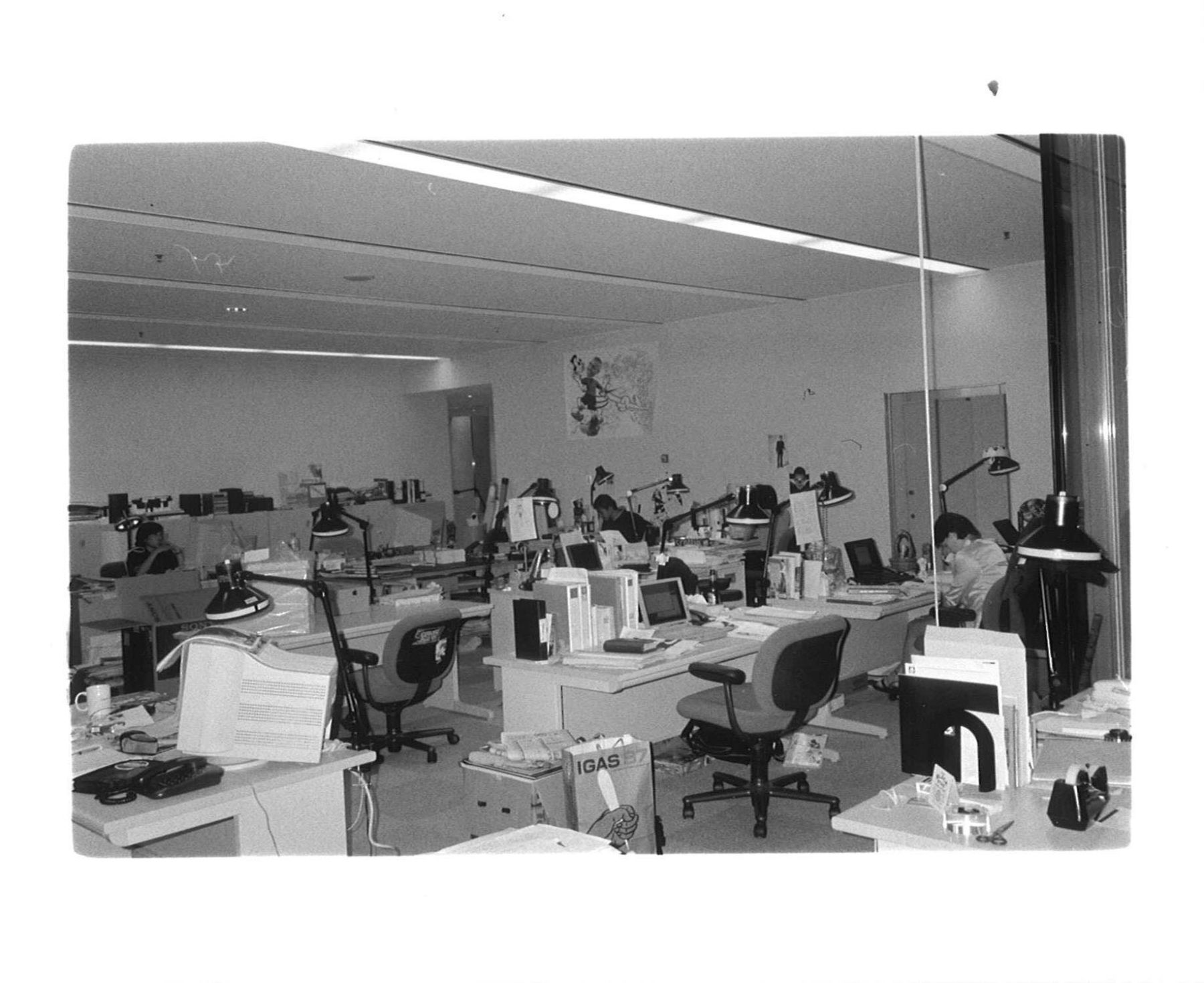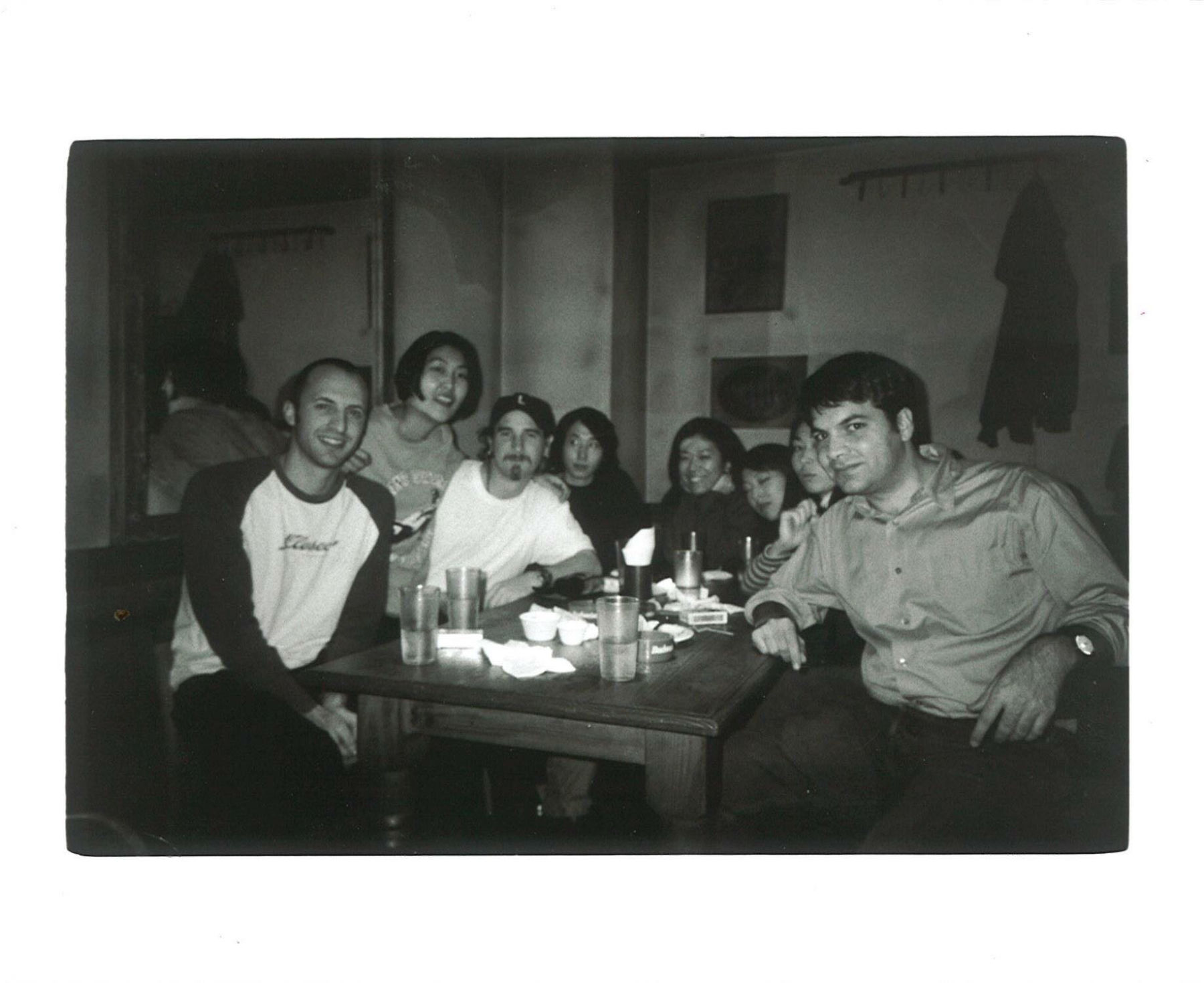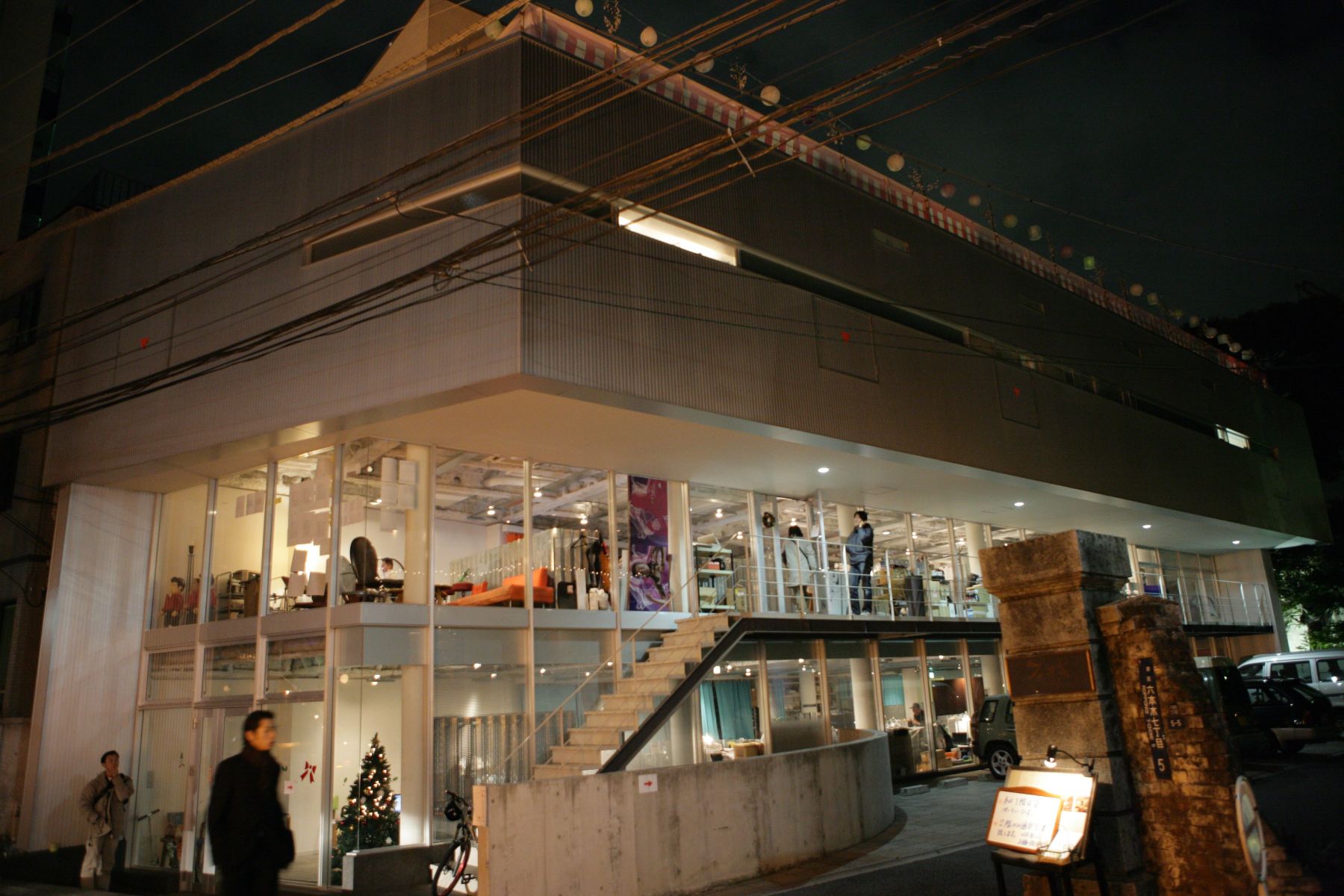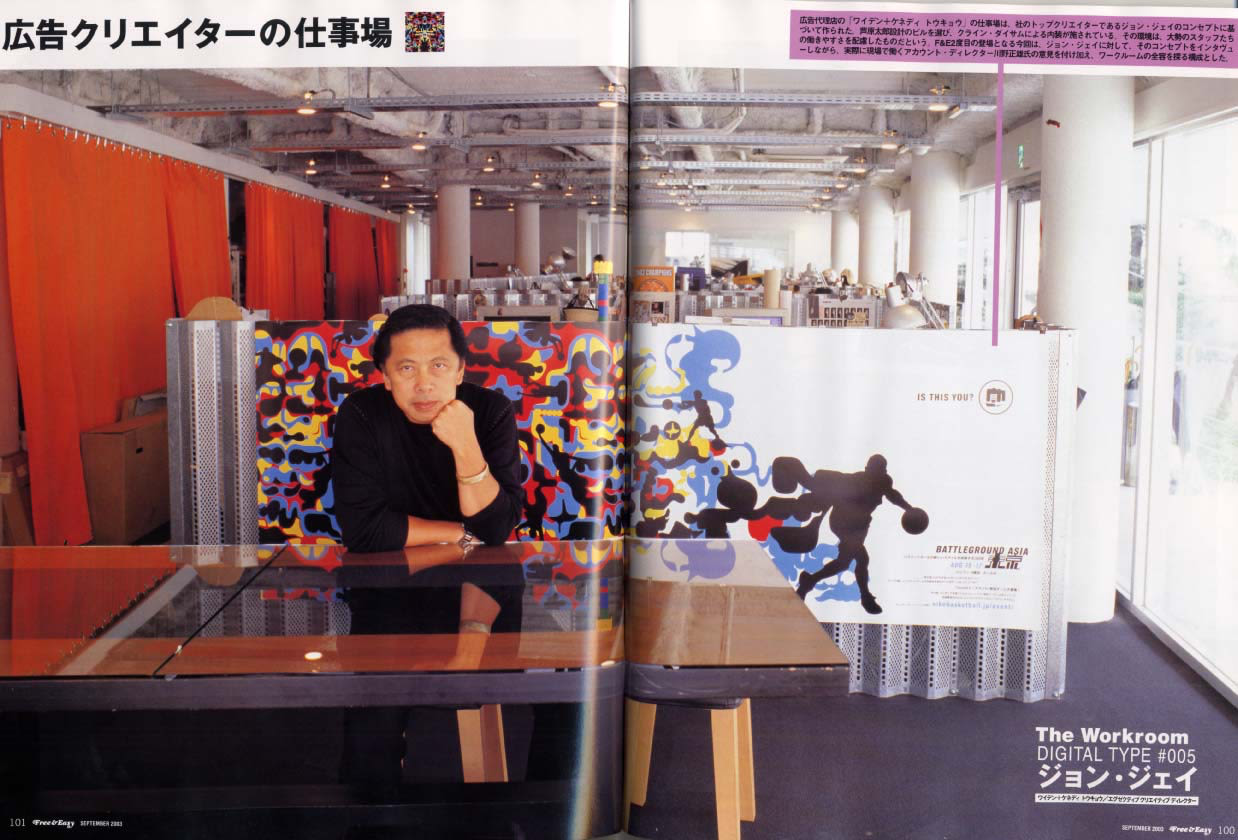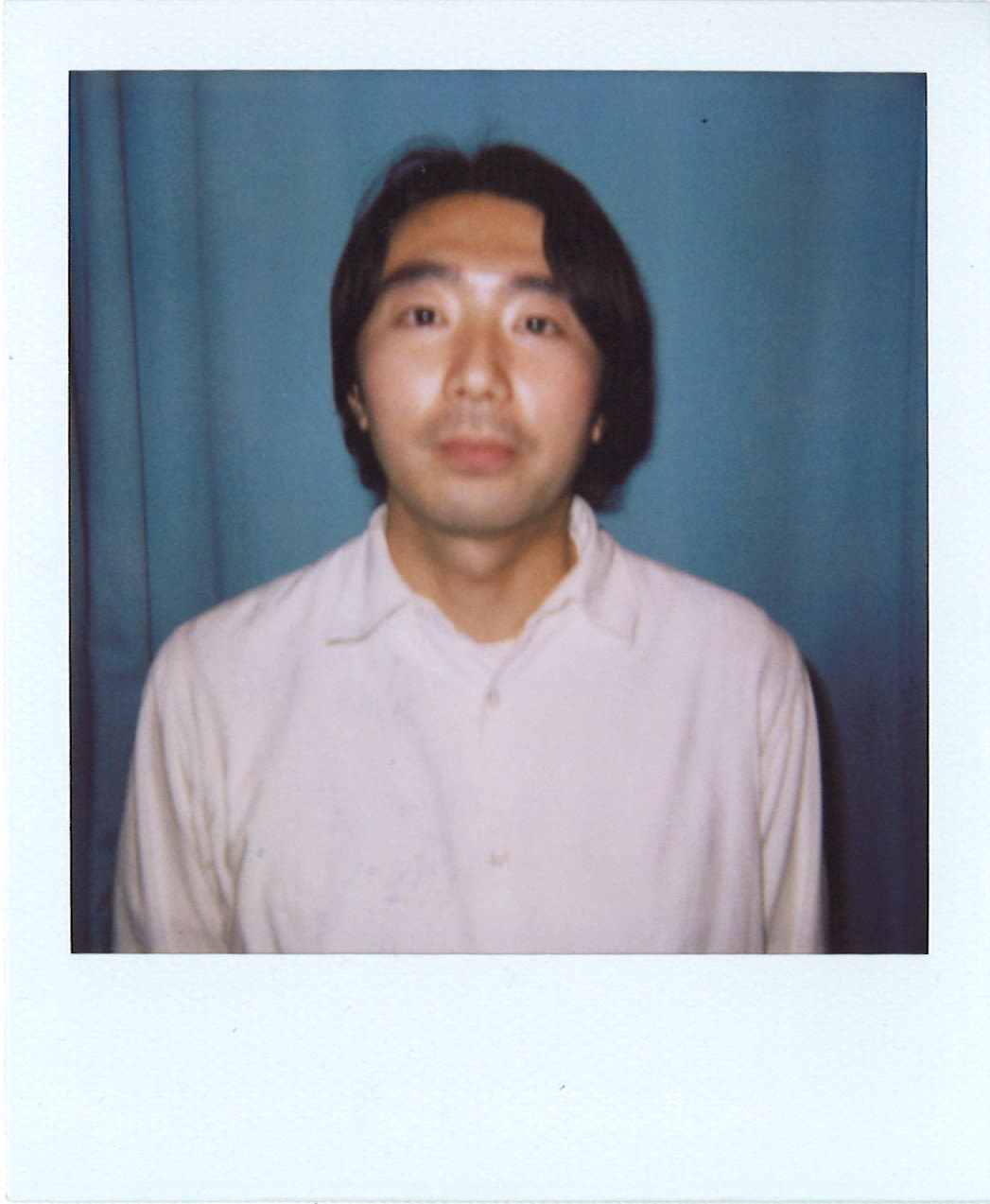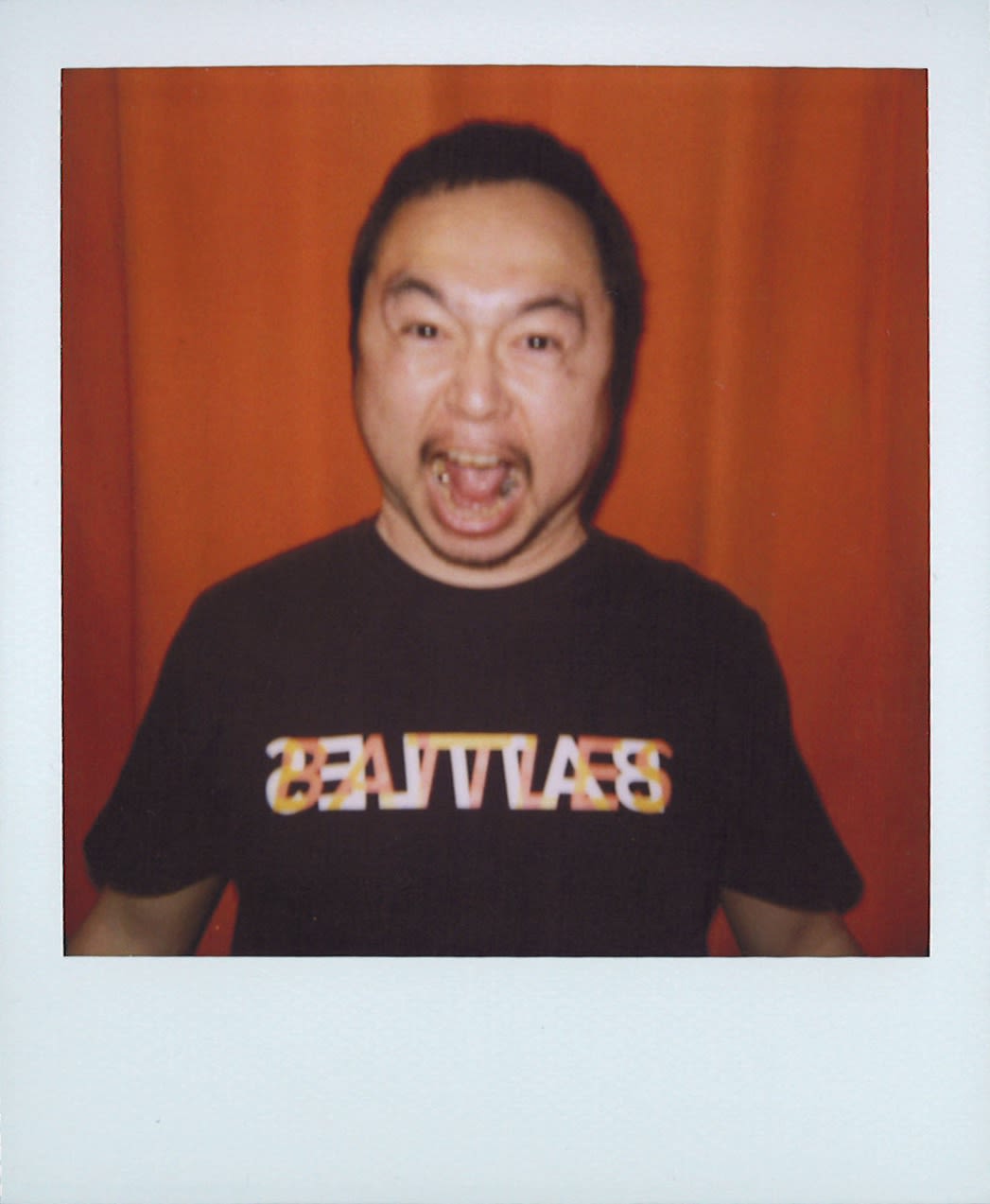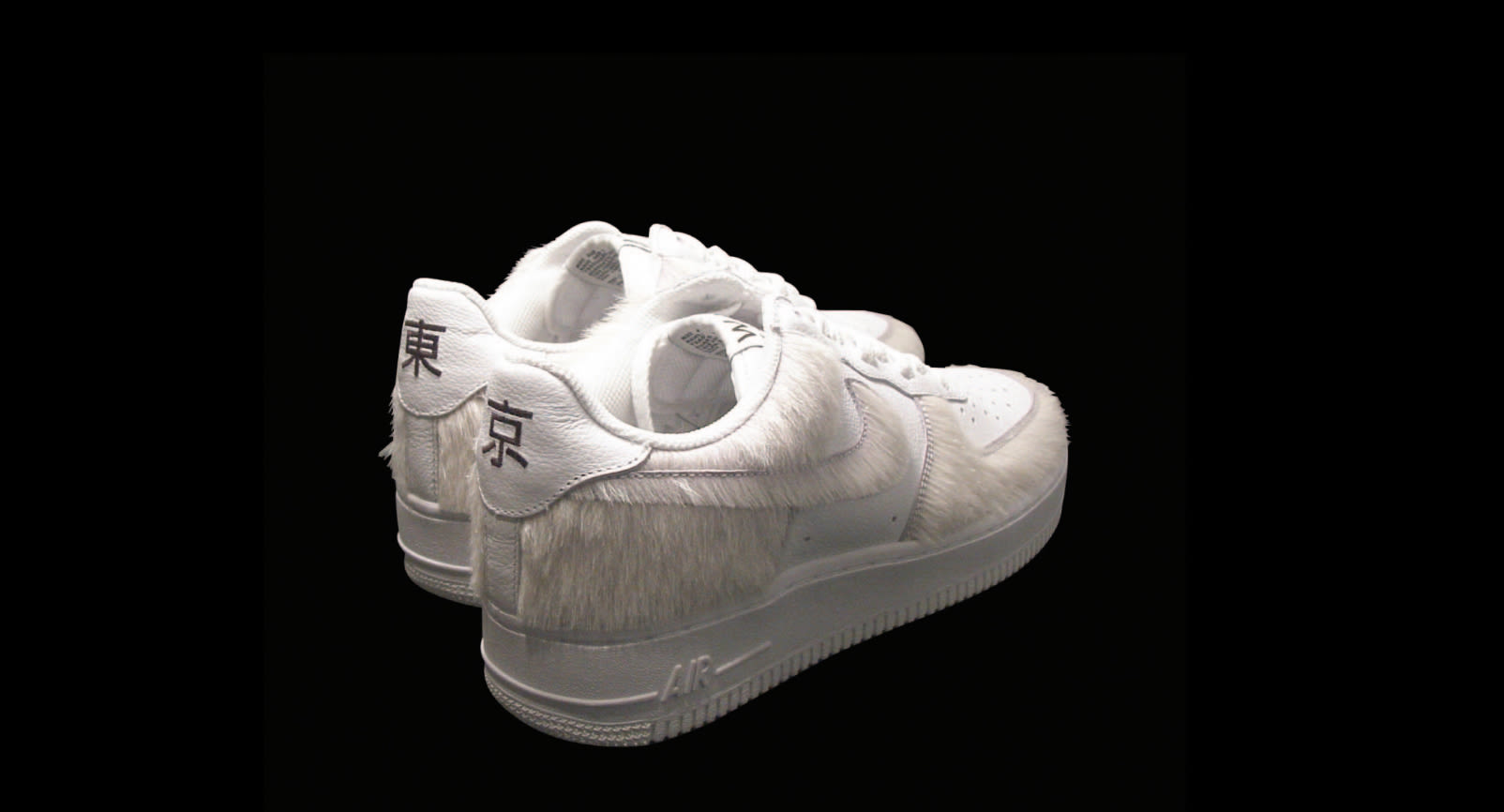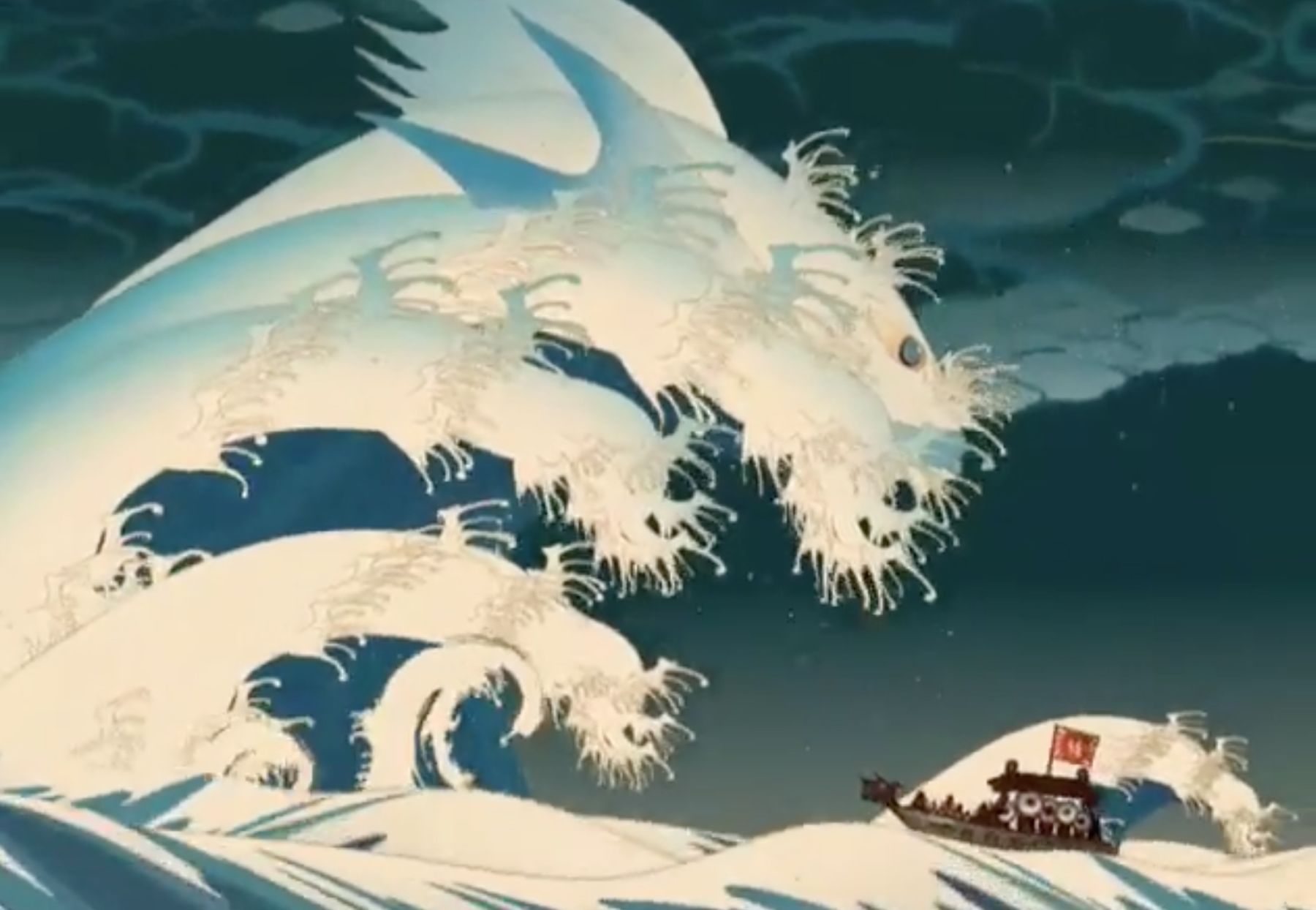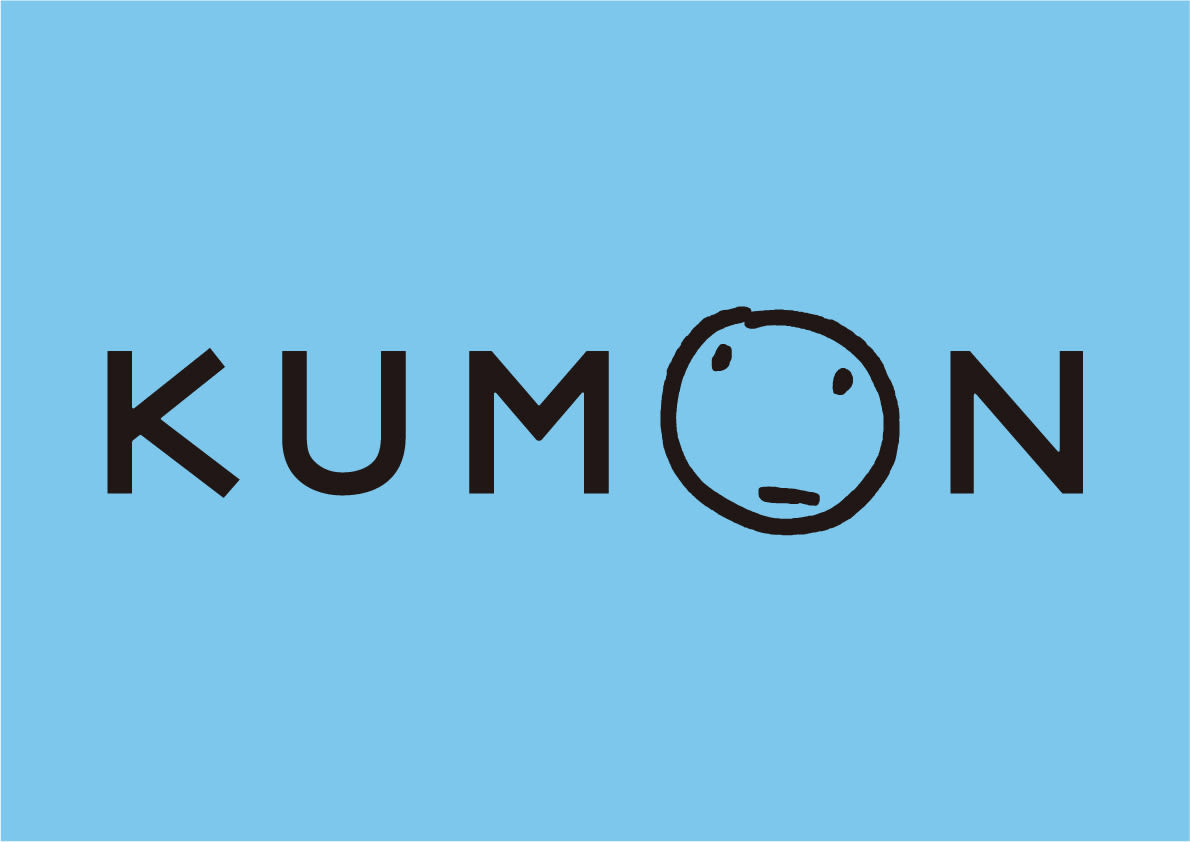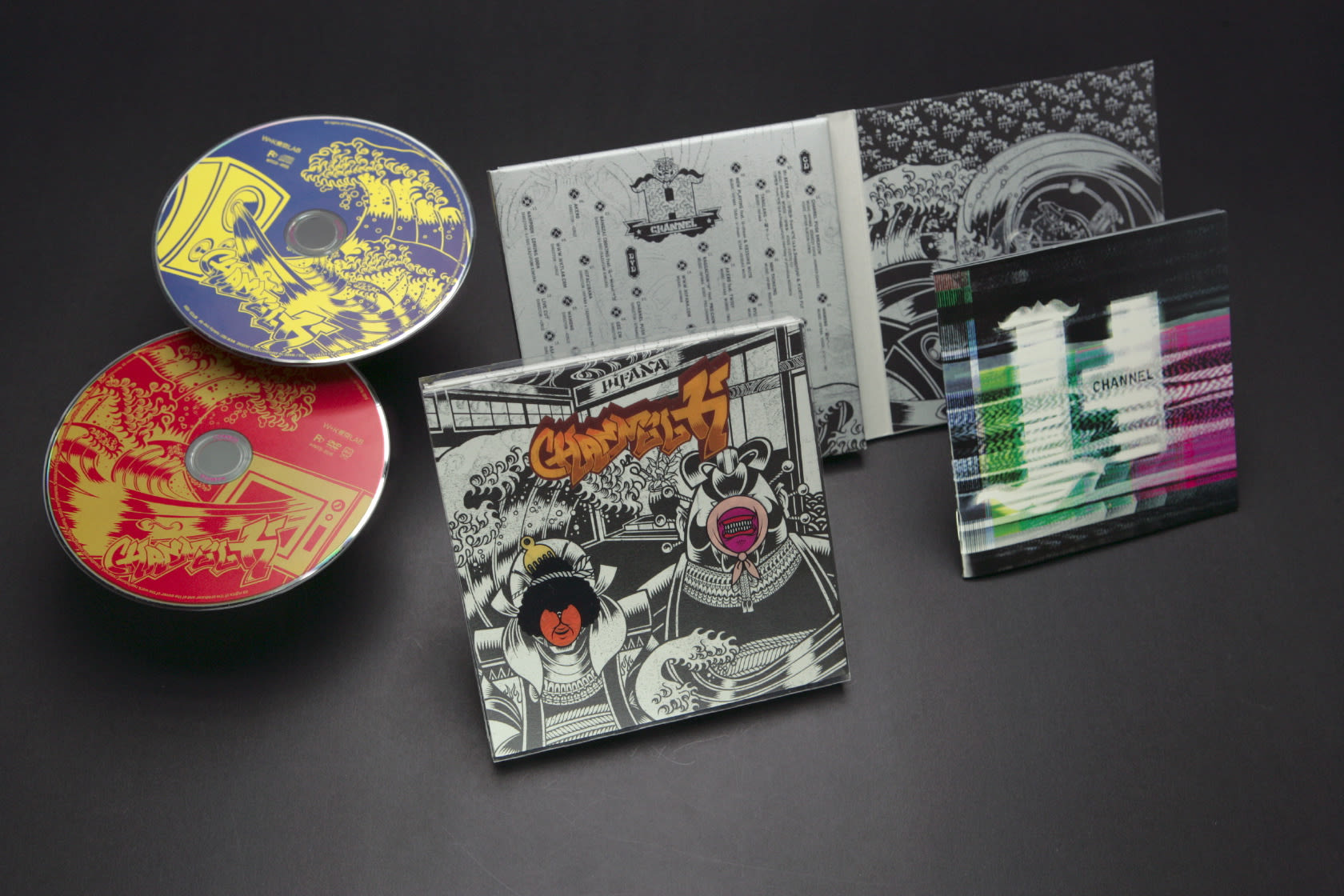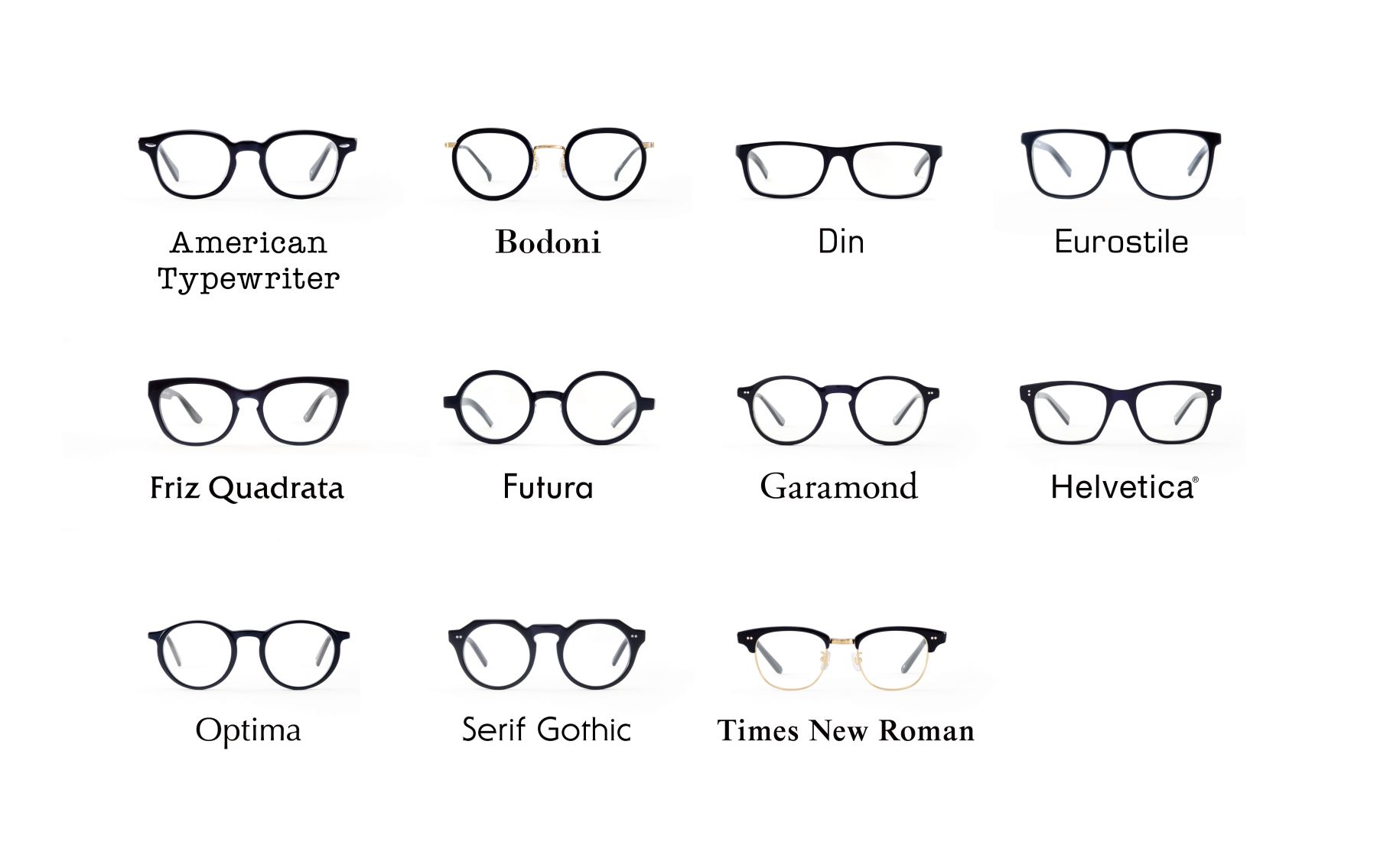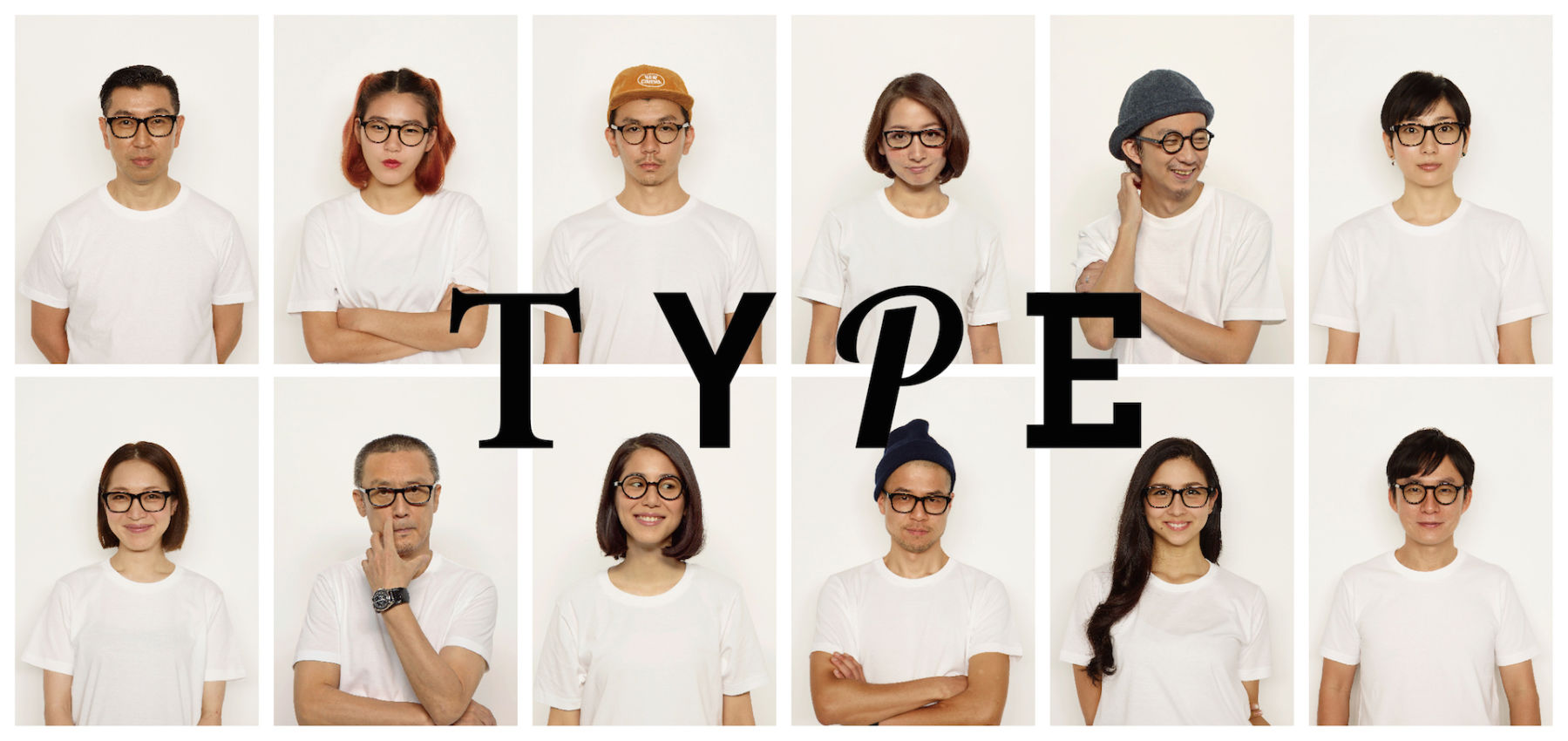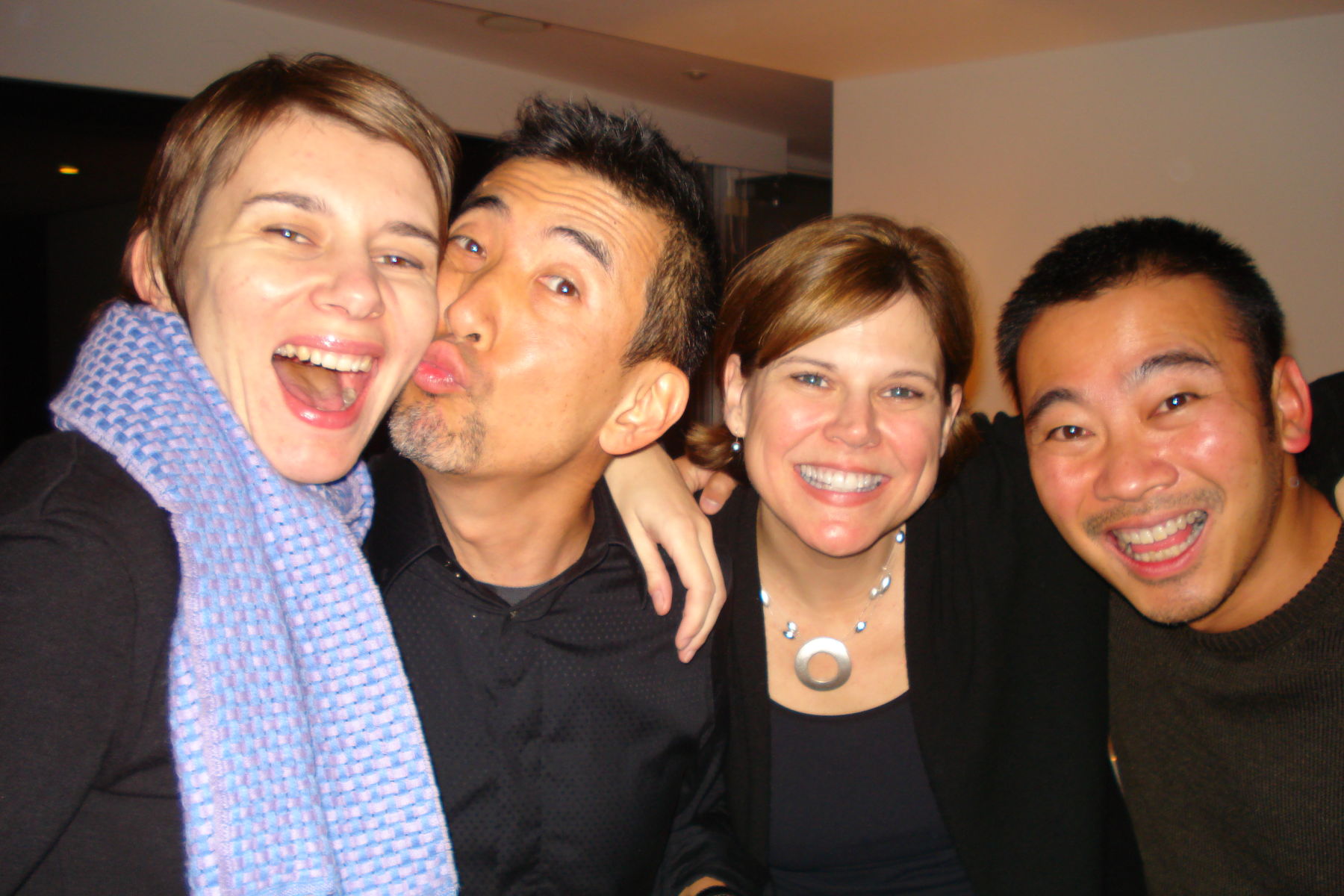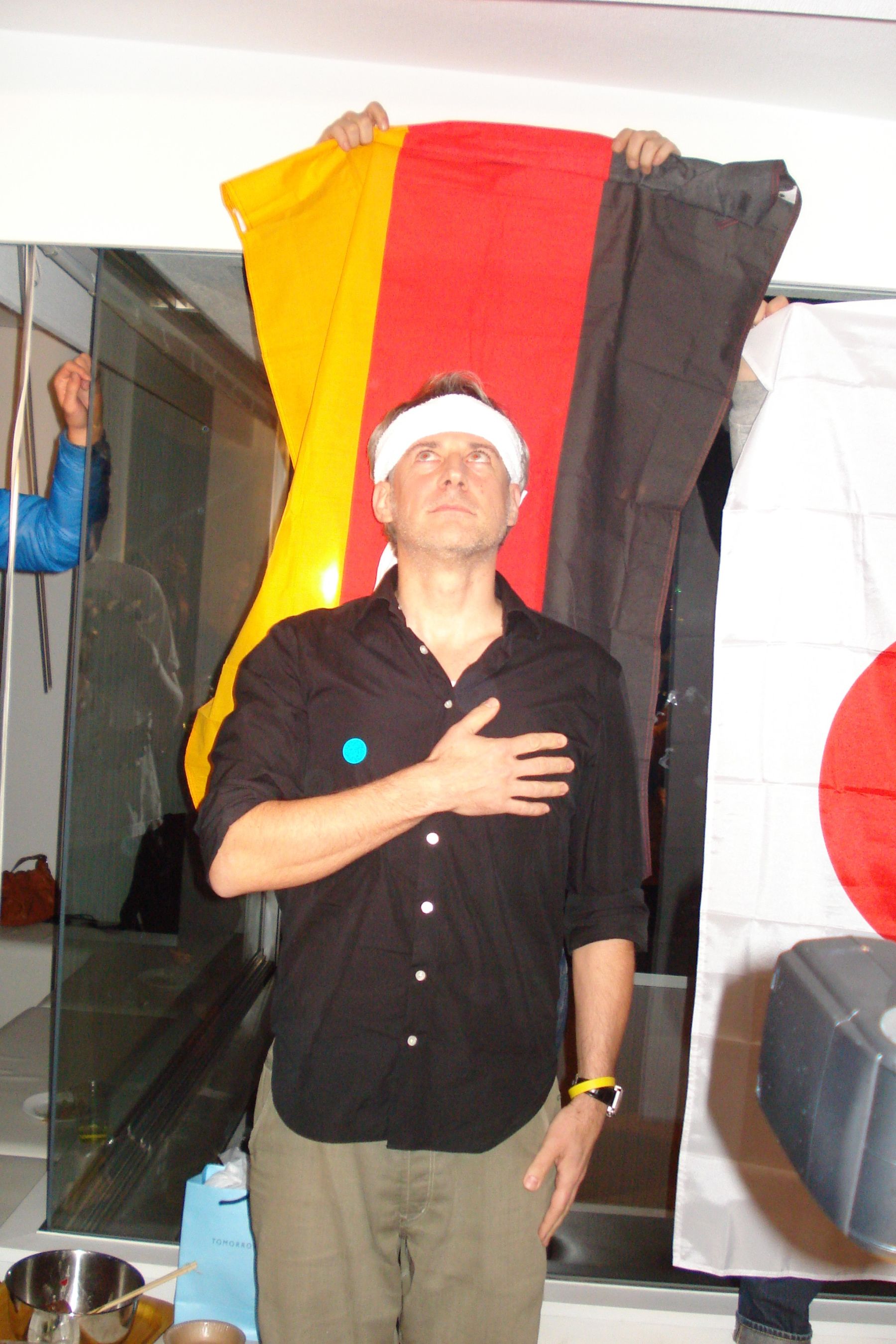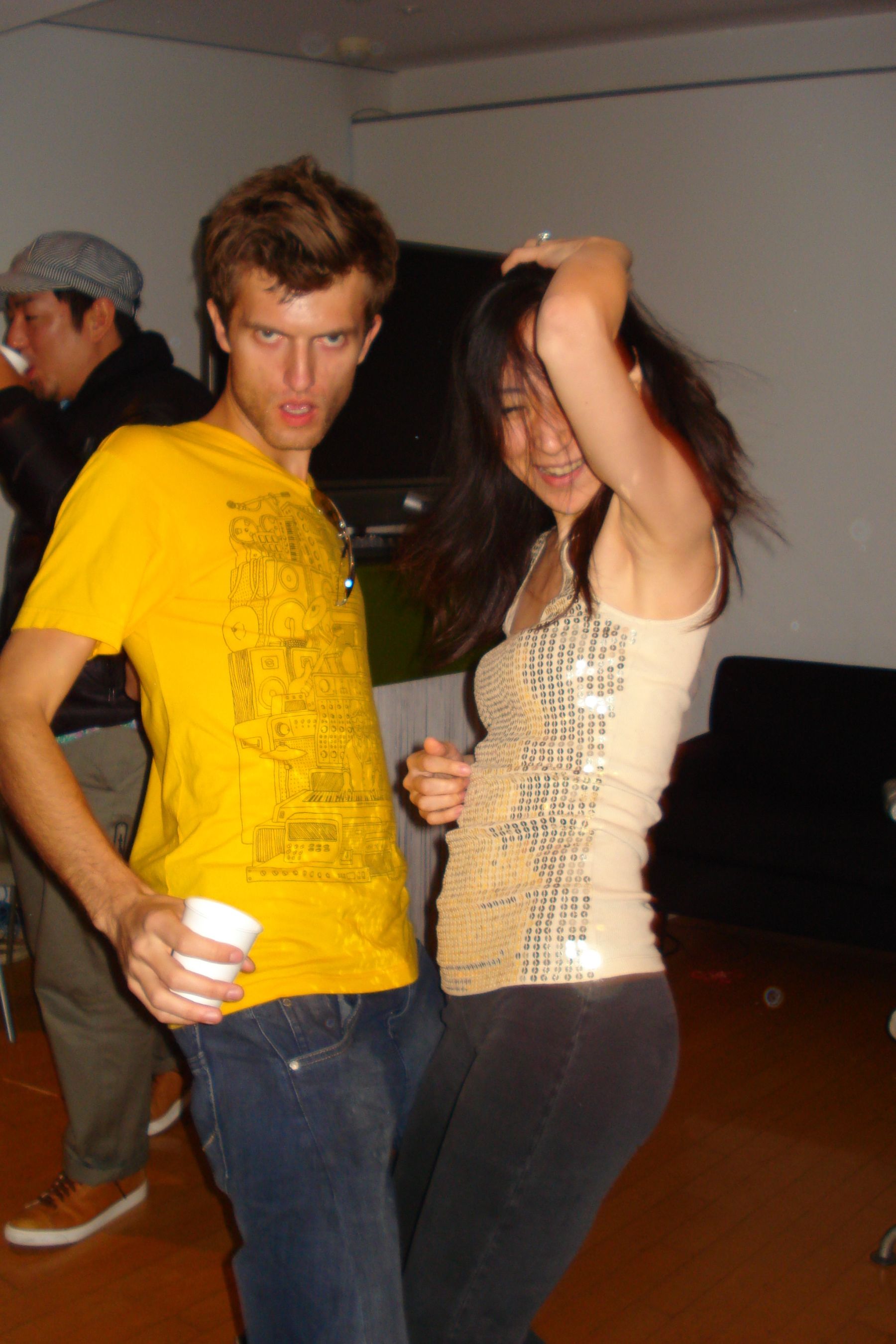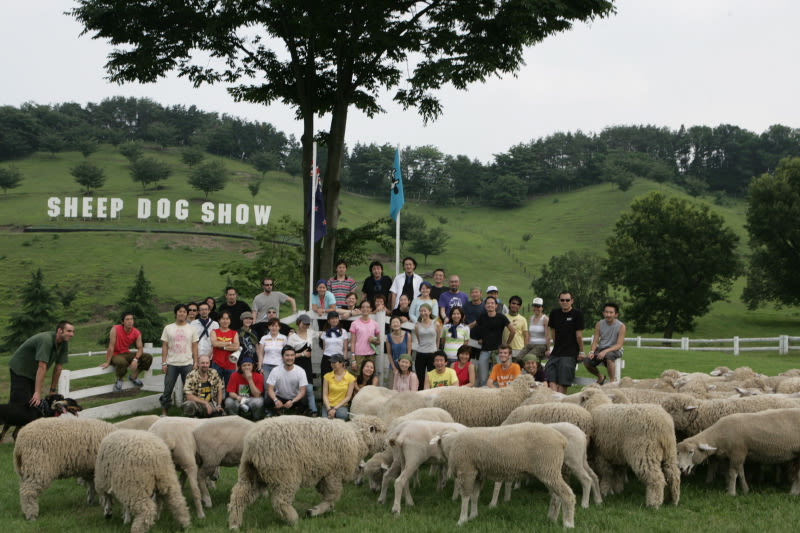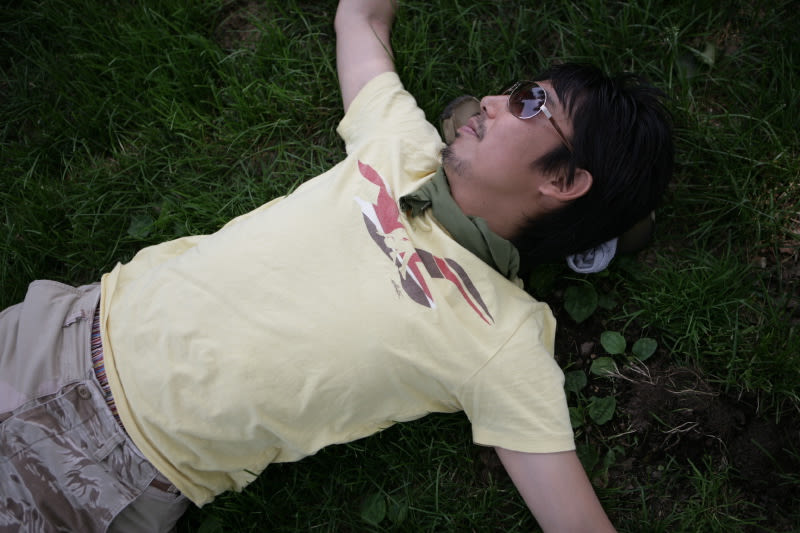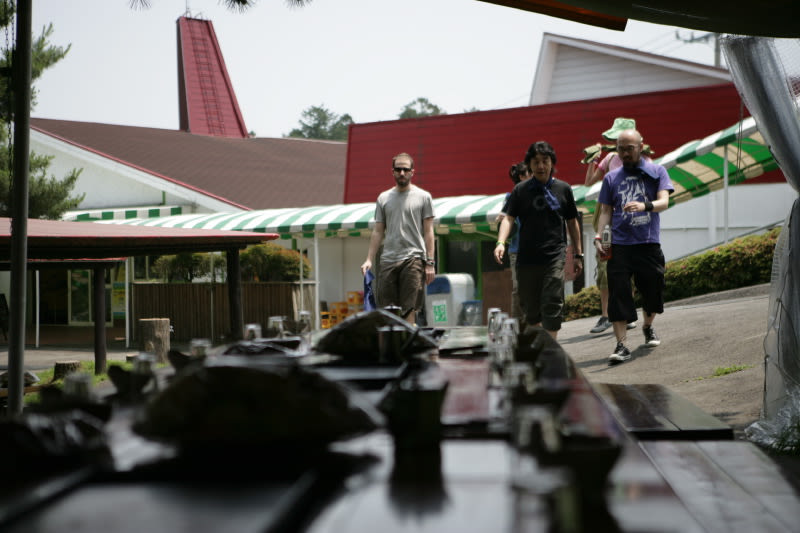But if Japan was a defiantly unique society, it was also uniquely challenging for business outsiders. This was especially true for advertising, an industry ruled by local giants whose influence came from media scale, not creative firepower.
Failing, hard, was a distinct possibility for a foreign ad agency here. So, following a directive from Dan Wieden, and the leadership of a creative founder whose view of advertising was as expansive as his social network, W+K created something different than an ad agency. W+K Tokyo was built to be a hybrid—to combine Japanese culture with an outsider’s point of view, to meld different cultures, languages and people, to absorb outside influences, and forge connections with the wider business and creative worlds beyond advertising.
The resulting work was authentically Japanese, but different—not just different from the work of other Japanese agencies, but from any other agencies, anywhere.
Through the years following its 1998 launch, and via teams of Japanese and foreign-born thinkers, managers, and makers, the agency did work that was innovative, but unstudied. Those teams combined creativity and technology to make culturally relevant content (a musical shoe and a viral sensation for Nike), and new shopping experiences (an ecommerce site for Uniqlo fleece well before this was a thing anyone did). They combined unexpected disciplines and elements into fun and useful things (Typeface glasses!). They challenged industry assumptions (Uniqlo ads broke ad norms by featuring real people, and not mentioning the clothes) and national traditions (a Nike spot generated awards and debate by confronting the national “nail that sticks out gets hammered down” mentality with an ode to individual achievement). They embraced music and fashion and art and design, and, with the 2003 launch of Tokyo Lab, the idea of a record label as a perfectly organic offshoot of an ad business (Lab would go on to make a “visual album” for musical artists Hifana, 10 years before Lemonade).
In other words, W+K Tokyo did a lot of the things that even the most progressive ad players are still talking about trying to do today.
If the agency model was ahead of its time, the work has always seemed timeless. This might be why the fact that Wieden+Kennedy Tokyo is turning 20 tends to elicit a hearty disbelief (even from Dan Wieden himself).
To mark the office’s unbelievable 20th anniversary, we talked to the creatives, managers, architects, collaborators—the family—behind W+K Tokyo about how they built a different agency, and about writing its next chapter.
